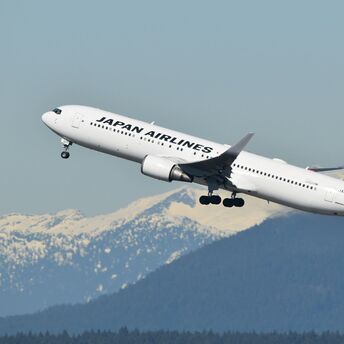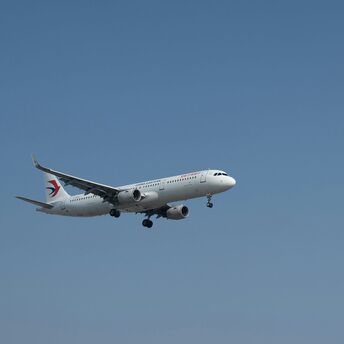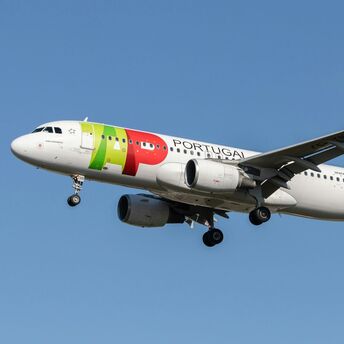Exploring China's Most Remote Airports: Gateways to Untouched Landscapes
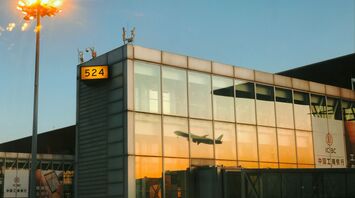
China, a nation known for its vast and diverse landscapes, is home to some of the most remote airports in the world. These airfields serve as crucial links between the country's bustling cities and its most isolated regions, offering adventurous travelers access to unspoiled natural wonders and culturally rich, yet seldom-visited, communities. Here, we explore some of China’s most distant airports, each of which opens the door to unique experiences far removed from the usual tourist trails.
Daocheng Yading Airport: A High-Altitude Marvel
Tucked away in the mountainous terrain of Sichuan Province, Daocheng Yading Airport holds the title of the world's highest civilian airport, perched at an altitude of 4,411 meters (14,472 feet) above sea level. This gateway to the Tibetan Plateau offers more than just a convenient entry point to the region—it is a marvel of modern engineering. The airport provides access to Yading Nature Reserve, a breathtaking landscape of snow-capped peaks, crystal-clear lakes, and pristine valleys that has often been compared to the fabled "Shangri-La."
Travelers landing at Daocheng Yading are greeted by the surreal beauty of the surrounding terrain, where ancient Buddhist monasteries blend harmoniously with the natural environment. The journey here is an invitation to experience the serenity and spirituality of Tibetan culture, as well as to embark on treks that reveal some of the most stunning scenery in China.
Nyingchi Mainling Airport: Gateway to Tibet’s Hidden Valley
Nyingchi Mainling Airport, nestled in the Yarlung Tsangpo River valley, is one of the most challenging airports to reach in Tibet due to its location among steep mountains and deep gorges. The airport serves as a portal to some of Tibet’s most lush and verdant landscapes, starkly contrasting with the region’s more arid areas.
Nyingchi, often referred to as the "Switzerland of Tibet," boasts dense forests, wildflowers, and a relatively mild climate. The area is known for the Namcha Barwa Peak, a sacred mountain that is considered one of the most beautiful in the world. Visitors to Nyingchi can explore ancient Tibetan villages, sacred sites, and the breathtaking Lulang Forest, a place where nature remains virtually untouched by modern development.
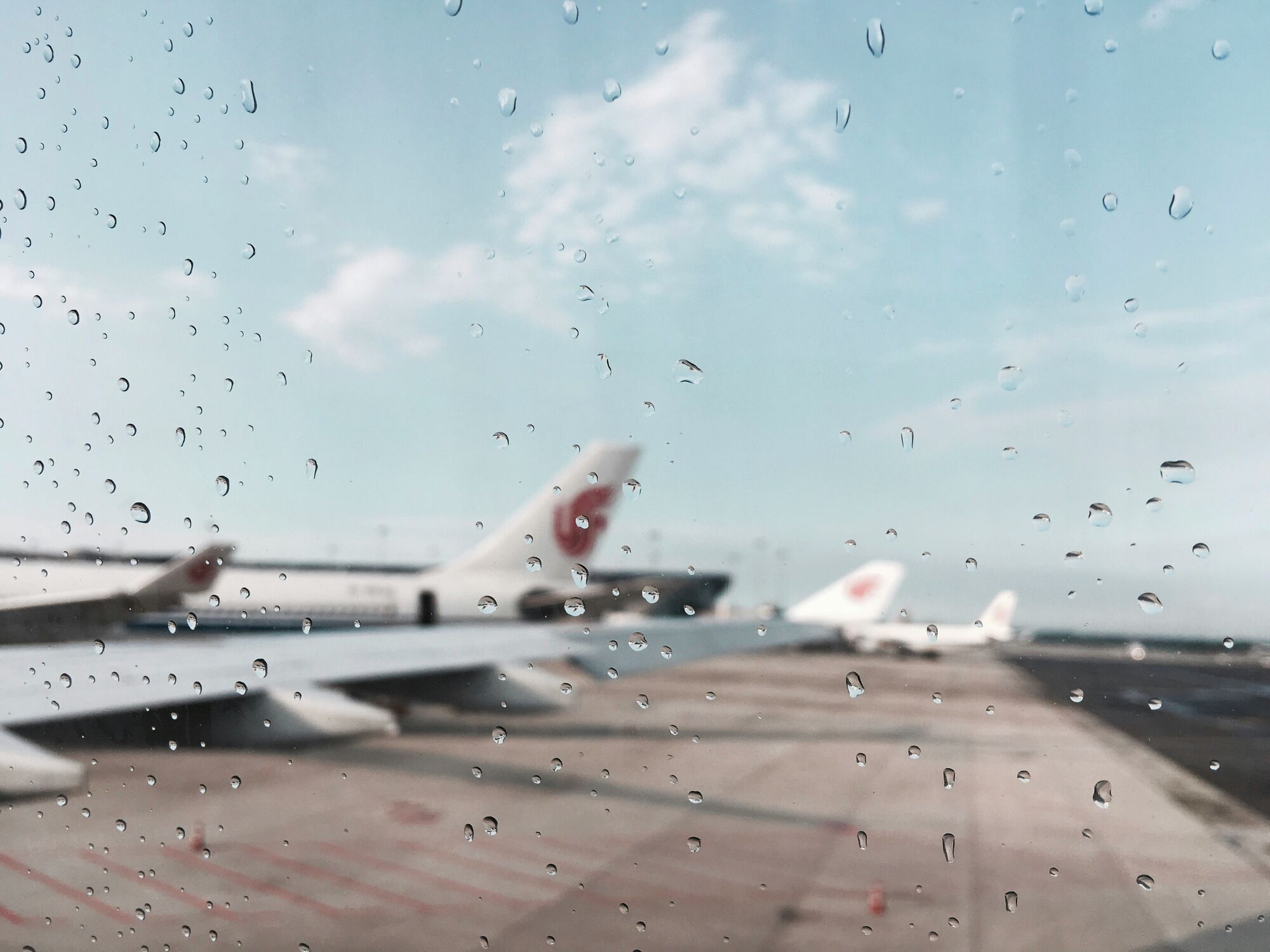
Qamdo Bamda Airport: The World’s Longest Runway
Qamdo Bamda Airport, located in the Tibet Autonomous Region, is famous not only for its remote location but also for its extraordinarily long runway, which stretches over 5.5 kilometers (3.4 miles). The length is necessary due to the thin air at this high-altitude location, which makes takeoff and landing particularly challenging.
This airport serves as the gateway to the Qamdo region, a place of immense historical and cultural significance. The area is home to ancient trade routes, including parts of the Tea Horse Road, and is steeped in Tibetan history and tradition. Travelers venturing here can explore traditional Tibetan life, visit ancient monasteries, and witness the majestic beauty of the Mekong River as it begins its journey from the Tibetan Plateau.
Hotan Airport: A Desert Oasis
Located in the Xinjiang Uyghur Autonomous Region, Hotan Airport is an entry point to one of the most remote deserts in the world—the Taklamakan Desert. This vast expanse of sand dunes, sometimes referred to as the "Sea of Death," is one of the least populated areas on Earth. Yet, it is home to the ancient Silk Road city of Hotan, a place rich in history and culture.
Hotan is known for its production of jade and silk, both of which have been traded here for centuries. Visitors can explore the region’s ancient markets, visit historic sites, and learn about the rich cultural heritage of the Uyghur people. The surrounding desert landscape offers opportunities for camel treks and exploration of ancient ruins, providing a glimpse into a time when Hotan was a thriving center of trade along the Silk Road.

Altay Airport: Gateway to the Altai Mountains
Altay Airport, situated in the far north of Xinjiang, is the gateway to the Altai Mountains, a remote and rugged region that borders Kazakhstan, Russia, and Mongolia. This area is known for its striking natural beauty, including expansive grasslands, alpine lakes, and snow-capped peaks. It is a place where nomadic herders still maintain their traditional way of life, and where the ancient practice of eagle hunting is still alive.
Travelers arriving at Altay Airport can immerse themselves in the region’s natural wonders, from the crystal-clear waters of Kanas Lake to the rolling grasslands that stretch as far as the eye can see. The area is also rich in archaeological sites, including petroglyphs that date back thousands of years, offering a fascinating glimpse into the region’s ancient past.



